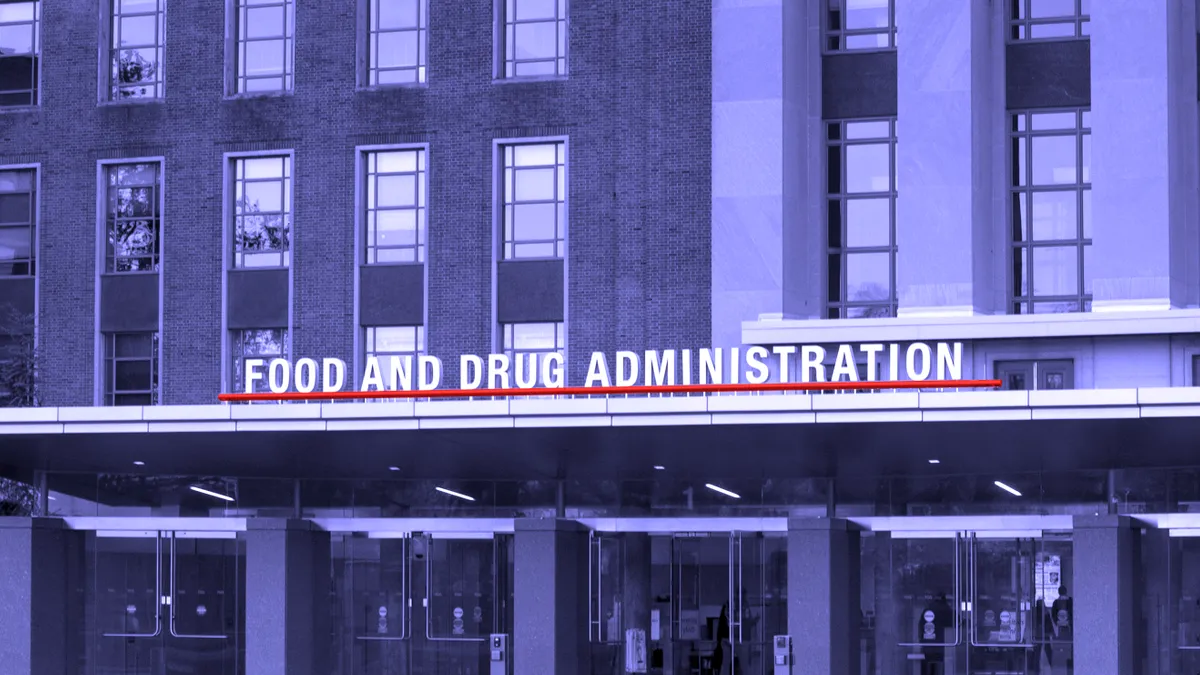Dive Brief:
- Tagworks Pharmaceuticals, a spinout of Netherlands-based medical device company Philips, has raised a $65 million Series A round to fund its work developing new cancer treatments.
- Its lead drug candidate, called TGW101, is an antibody-drug conjugate, or ADC, that targets a protein called TAG72 found in several tumor types but is tough to get at with existing medicines. Tagworks says its drug can reach it by “clicking” into place near its target and releasing its toxic payload, killing neighboring tumor cells that express less of the protein.
- The company, which has facilities in Nijmegen, Netherlands, and Boston, built an investor syndicate spanning the Atlantic, including Novartis’ venture arm, New Enterprise Associates and Lightstone Ventures.
Dive Insight:
Cancer treatments historically were imprecise, relying on a blunt attack that wipes out tumors and healthy cells alike.
The pharmaceutical industry has spent billions of dollars developing more targeted approaches that have led to real improvements in treatment. One such advance is ADCs, which chemically link a targeting antibody to a tumor-killing toxin.
For years, drugmakers had little to show for their ADC research. But technical advances in the last decade sped up the pace of progress, leading to a recent surge in drug approvals, among them AstraZeneca and Daiichi Sankyo’s Enhertu.
"It is a very hot modality, and this has gone back and forth in history. We're in an in-favor mode right now," said Christina Isacson, a partner at Lightstone Ventures.

Tagworks aims to go after solid tumor targets that, like TAG72, are hard to reach because they’re not internalized into cancer cells. Its platform borrows from "click chemistry," Nobel Prize-winning science that pioneered a way to connect two molecules.
Tagworks claims its technology can work for a variety of different drug types. In general, the company aims to sequentially administer a pair of molecules: a chemical linker bound to a toxic chemical, and a “trigger.” Those molecules are made to only react to one another and “click” together, like the snap that occurs when fitting two Lego pieces together, said Marc Robillard, the company’s CEO.
“These are two molecules that don't appear and don't cross react to things in nature,” he said.
Once the reaction occurs, the “trigger” activates and releases the drug’s payload, Robillard said. In the case of TGW101, that means distribution of a tumor cell-killing toxin.
Tagworks’ approach could help broaden the reach of ADCs by enabling them to kill cells expressing targets that previous drugs can’t access.
In addition to TGW101, which Tagworks plans to take into the clinic in the near future, the company is working on an undisclosed number of ADC candidates, as well as radiopharmaceuticals. The latter programs are meant to work in another way, deactivating the treatment when it's far from its targets and reducing radiation levels.
“Every window has two sides ... and it’s the same approach but applied differently,” Robillard said.
Investors interested in ADCs have been concerned about their limitations, according to Isacson. ADCs often target the same proteins, making it hard to differentiate one from the other.
“Tagworks was really the first company we came across opening up the antigen space now, through this very elegant technology,” she said.
The company separated from Philips in 2011, but did not raise its seed funding until 2021. Prior to its Series A round, Tagworks also brought in about $9 million in other funding.
Correction: This story has been updated to clarify how much Tagworks raised prior to its Series A round.














